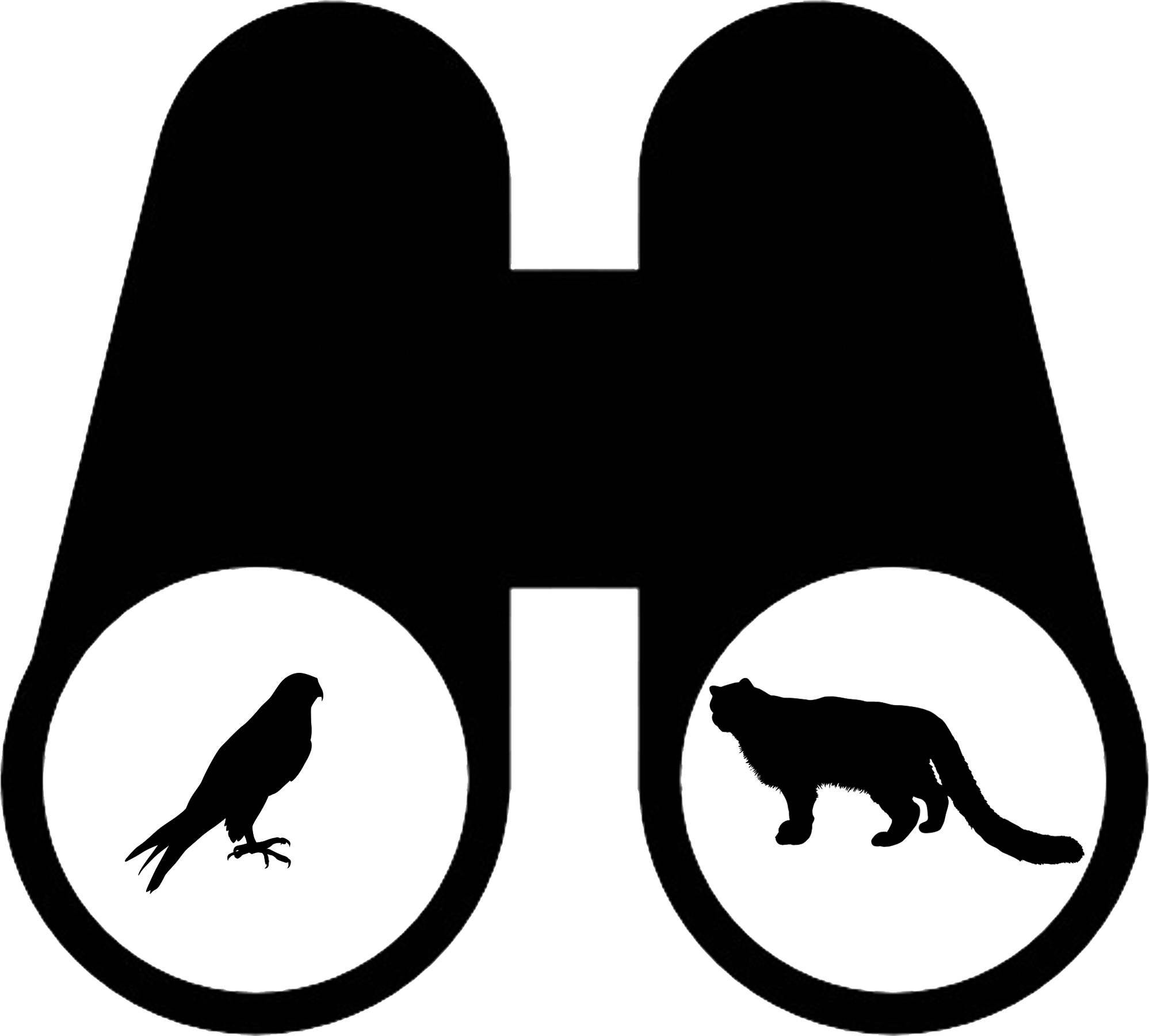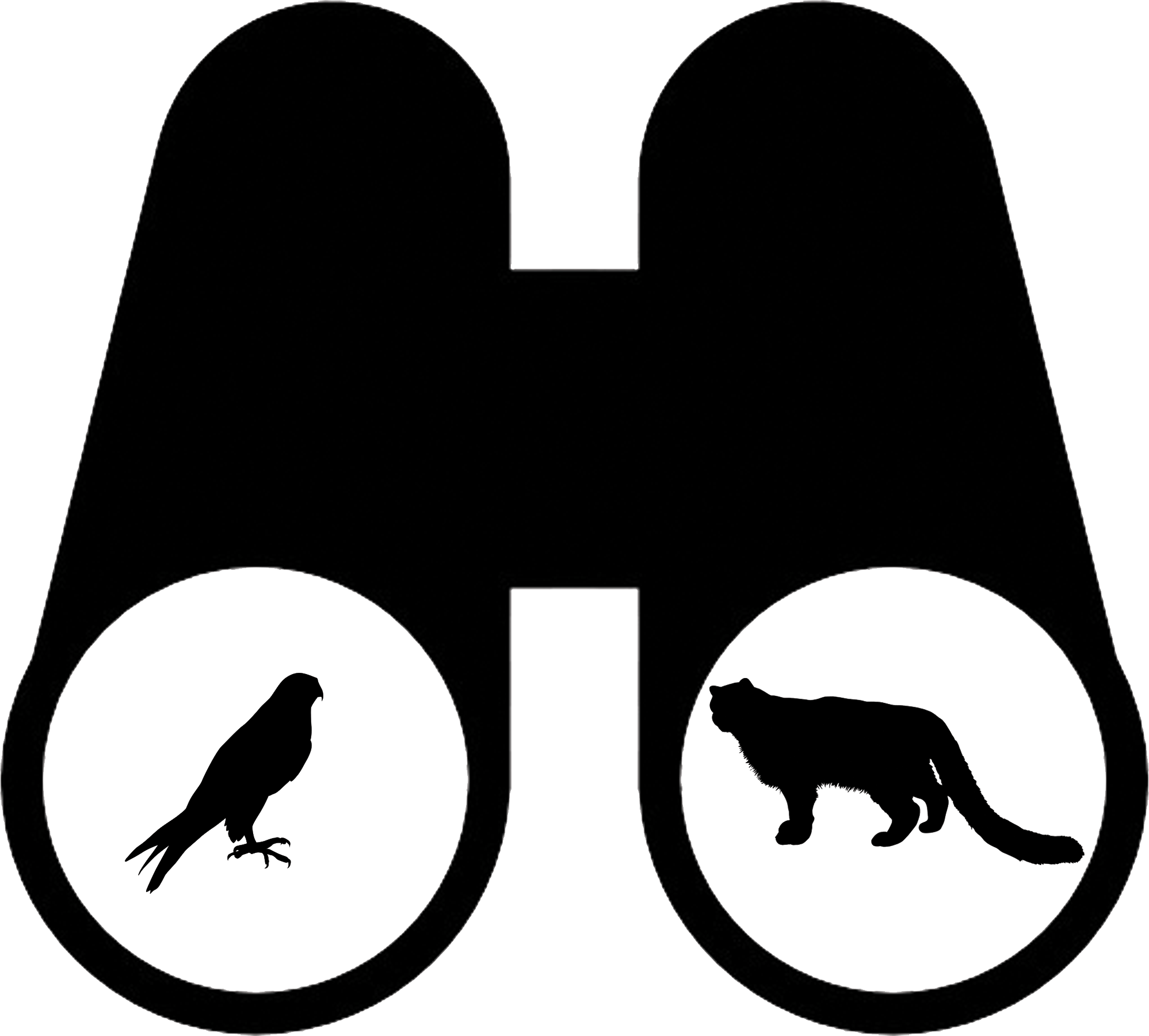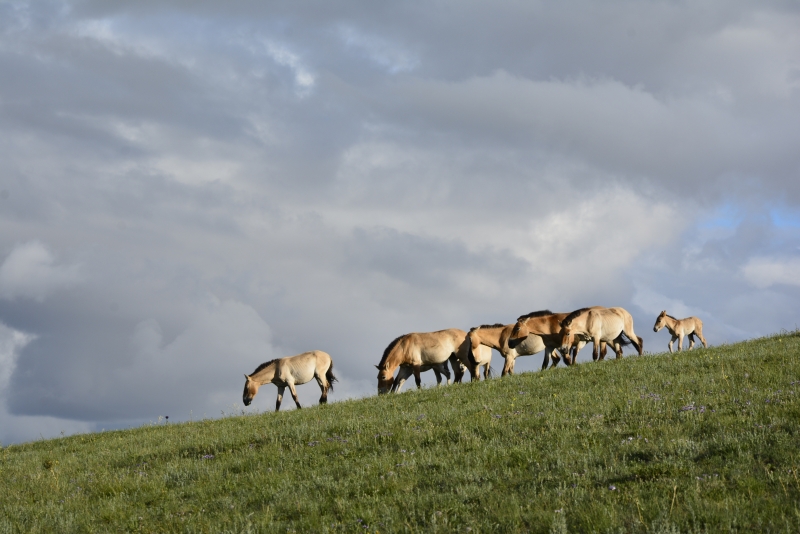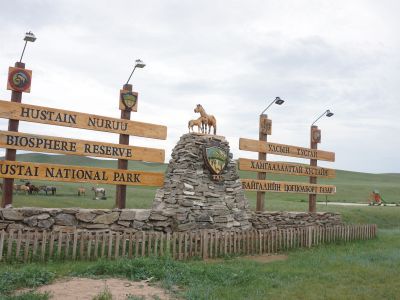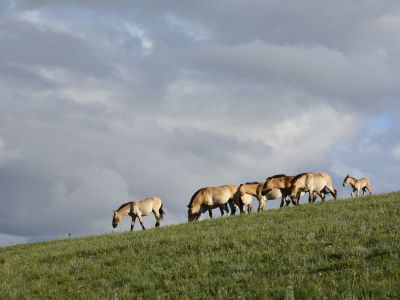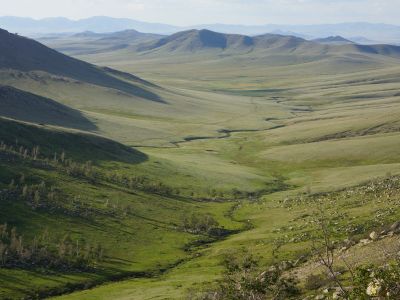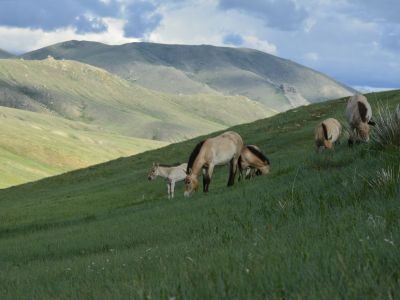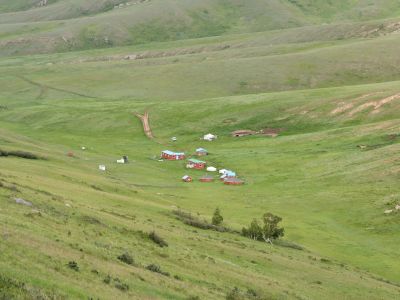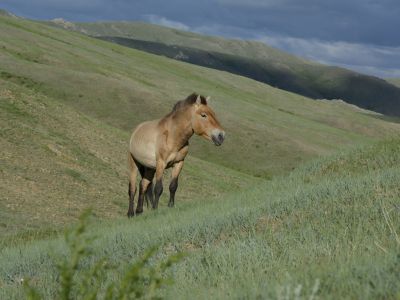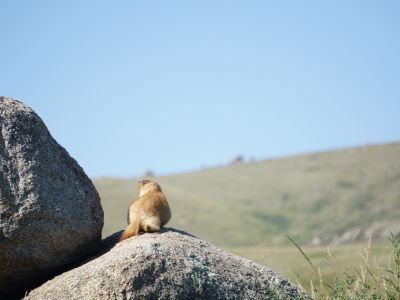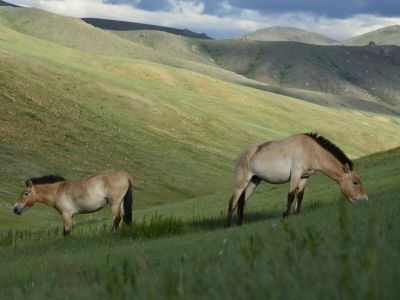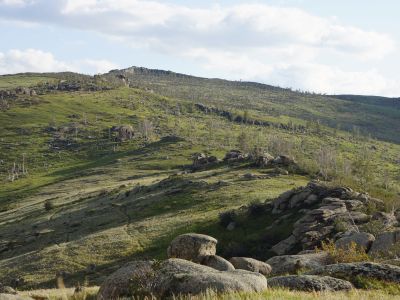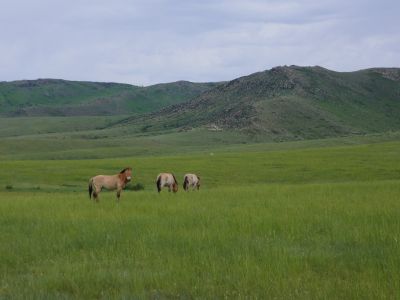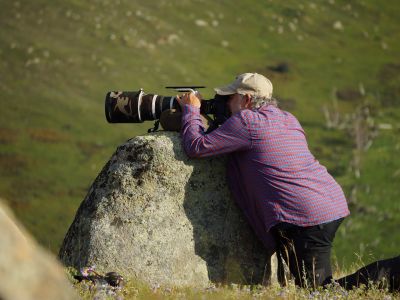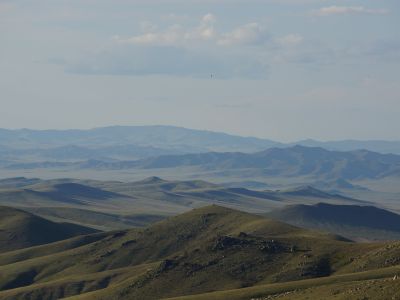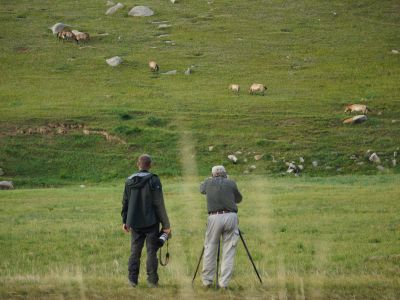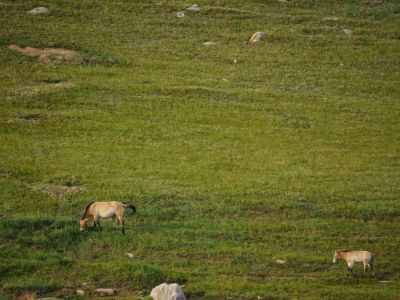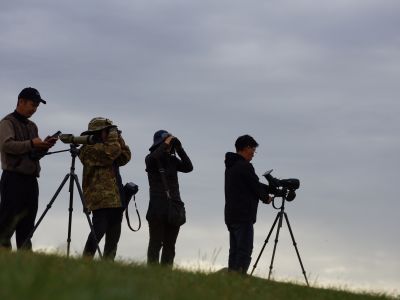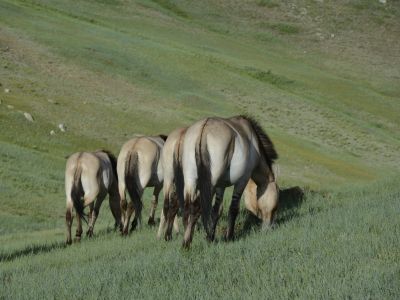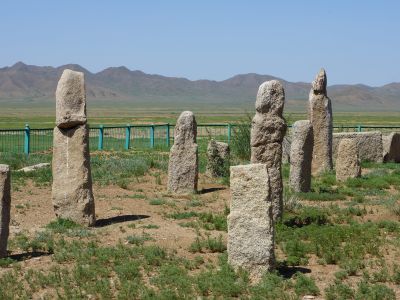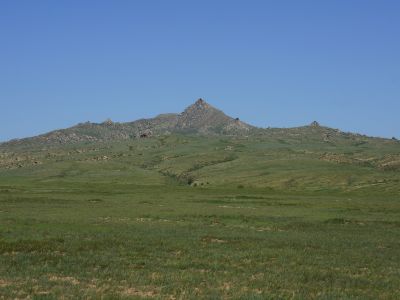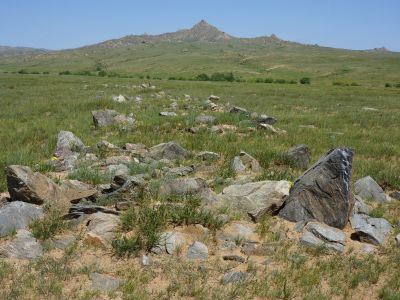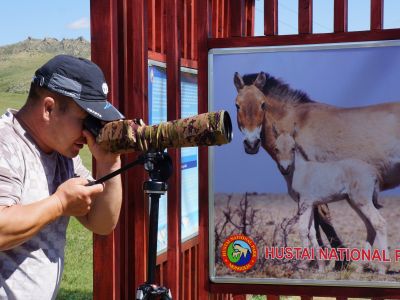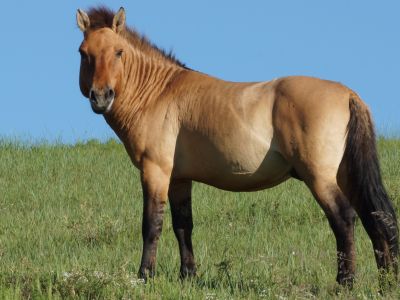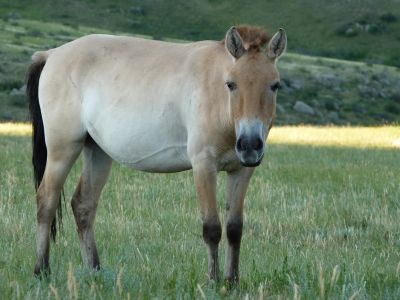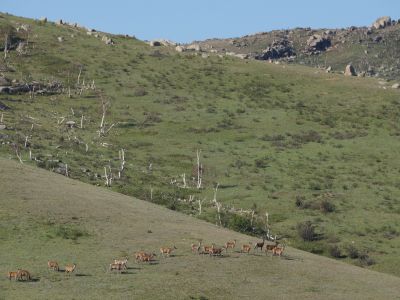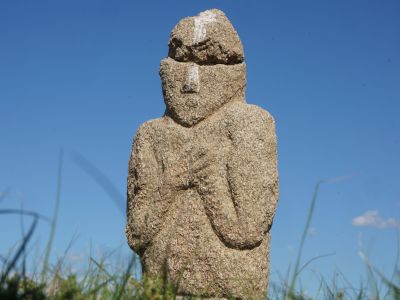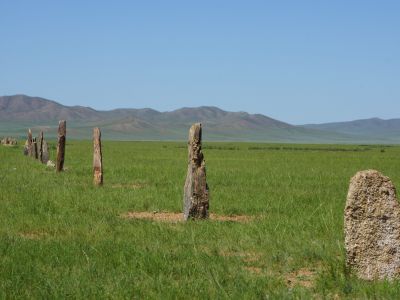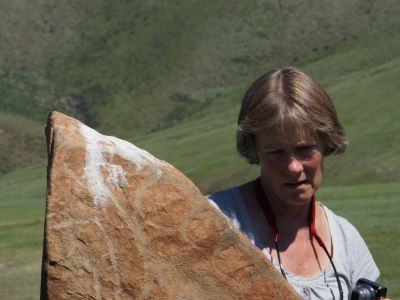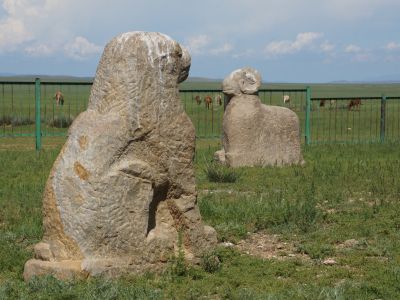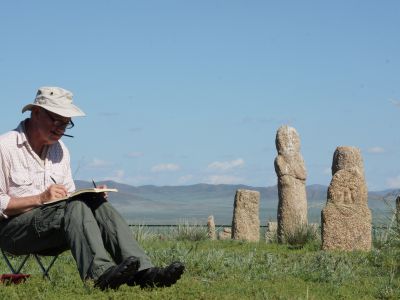Przewalski's horses are the only wild horses left in the world
Top Mammals:Daurian hedgehog, Tolai hare, Daurian pika, Mongolian marmot, Daurian ground squirrel, Brandt’s vole, Siberian jerboa, Corsac fox, Steppe Polecat, Przewalski’s horse, Mongolian gazelle, Wapiti, Argali, and more.
The Przewalski's horse, also known as Equus ferus przewalskii, is indeed an endangered (EN) species that was once extinct in the wild but has since been reintroduced through conservation efforts.
- Przewalski's horse: This wild horse is native to the steppes of central Asia, particularly in Mongolia. Przewalski's horse is distinguishable from domesticated horses by its stocky build, short, upright mane, and dun-colored coat.
- Conservation efforts: After its extinction in the wild, conservation efforts focused on captive breeding programs. These efforts were successful, and Przewalski's horses were gradually reintroduced to their natural habitats, starting in the 1992. Today, there are 3 populations of Przewalski's horses in the wild, particularly in Mongolia and Kazakhstan, thanks to these reintroduction programs.
Hustai National Park is world well-known for its successful reintroduction program of the Przewalski’s horses, as of 2024, over 330 animals to roam freely today!
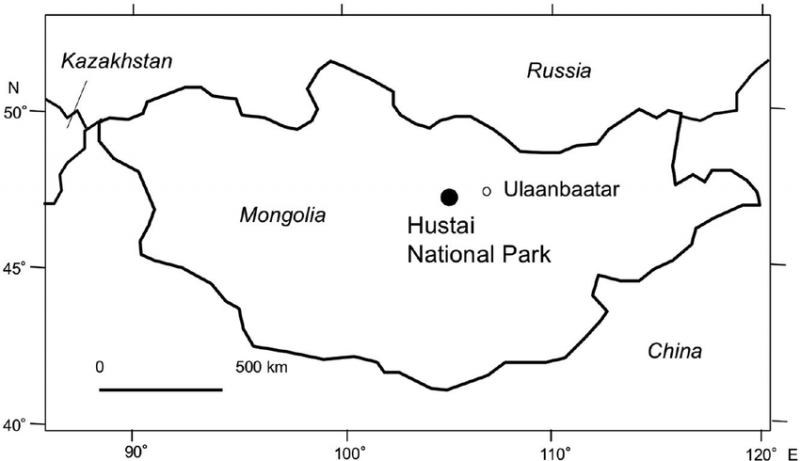
DOWNLOAD FULL ITINERARY
See more detailsFig.1. The location of Hustai National Park, Mongolia (Credit: Ohtsu & Seiki, 2021)
Przewalski’s horse is not only our primary target here. Hustai is home to 55 species of mammals, 223 species of birds, 2 species of amphibians, 4 species of reptiles, 15 species of fishes, and over 500 insect species.
There is good chance you will be able to see Mongolian marmot (Marmota sibirica), Brandt’s vole (Lasiopodomys brandtii), Siberian jerboa (Allactaga sibirica), Corsac fox (Vulpes corsac), Wapiti (Cervus canadensis), Mongolian gazelle (Procapra gutturosa), Argali (Ovis ammon) and more birds of prey during your visit at Hustai. In addition, park is habitat for 500 species of vascular plants including 33 species of mushroom, 85 species of lichens, and 90 species of mosses.
Hustai National Park isn’t just known for wildlife. Historically it has been a well-known area and you can see many traces of ancient habitation. The most interesting site is Ungut grave memorial complex with some 30 human shaped stone sculptures. It is considered as the site with the highest number of such ancient human shaped sculptures not only in Mongolia, but also in central Asia. Tracing back to the time of the Turkic Khaganate in 6th to 8th century, the complex has sculptures depicting a lion, argali, and ram alongside those of humans. In addition, we will see Deer stone, Rectangular tombs, Statue stone, and Sepultures in the National Park.
This tour run all year round, but we would recommend that July to October is the best timing of the trip when weather is pleasant, and the landscape and wildlife is the most vibrant.
This trip can be extended to Khogno Tarna National Park that locates another 150km (90miles) to the northwest through the paved road. This park offers a unique natural scenery (sand dunes, mountain, wetland) and various recreational activities including trekking, horse or camel riding, bird & mammal-watching.
BOOK NOW
We would love to share this day trip with you!
If you’re planning to visit Hustai, what mammals can you expect to see?Brandt's vole, Tolai hare, Mongolian marmot, Corsac fox, Przewalski’s horse, Mongolian gazelle, Argali and Wapiti are primary target species for this tour!

